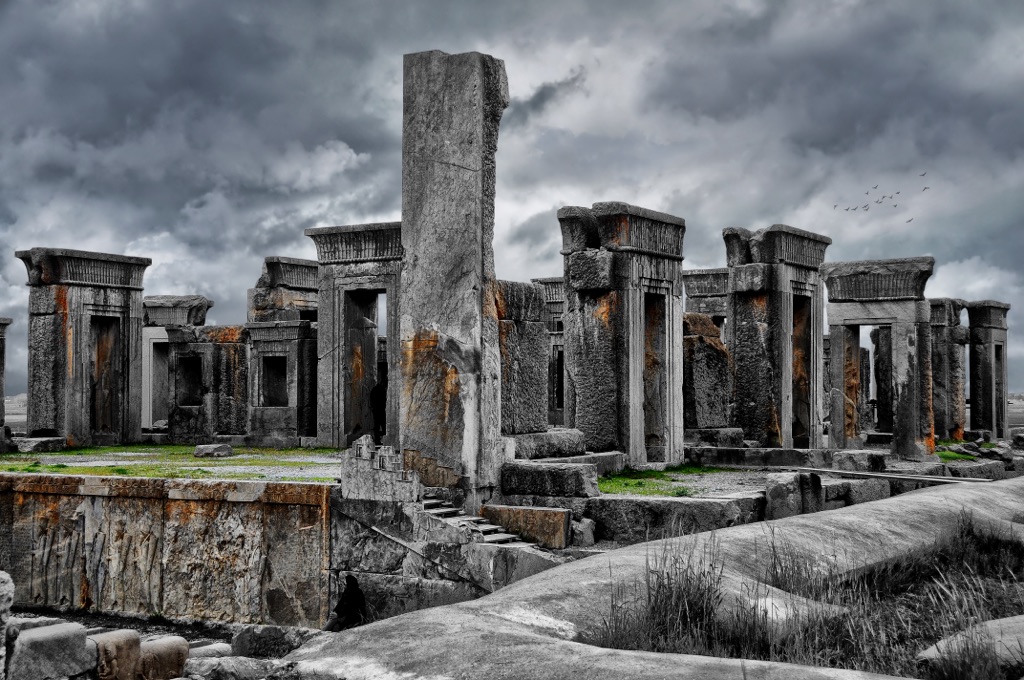Summary
The Historical Magnificence of Persepolis
Persepolis, a masterpiece of Persian architecture, stands as a testament to the ancient Achaemenid Empire. Located in the heart of Iran, this historical site embodies rich cultural significance and intricate design. Through the towering columns and remarkable bas-reliefs, Persepolis reflects the glory of past civilizations. Visitors from around the world are captivated by the grandiosity of the Tachara Palace and the majestic Gate of All Nations. The site tells a story of power, innovation, and the empire’s extensive reach, uniting diverse cultures under one rule. The remnants of Persepolis allow us to travel back in time, offering a vivid glimpse into the lives of Persian royalty and the empire’s skilled artisans.
Get your dose of History via Email
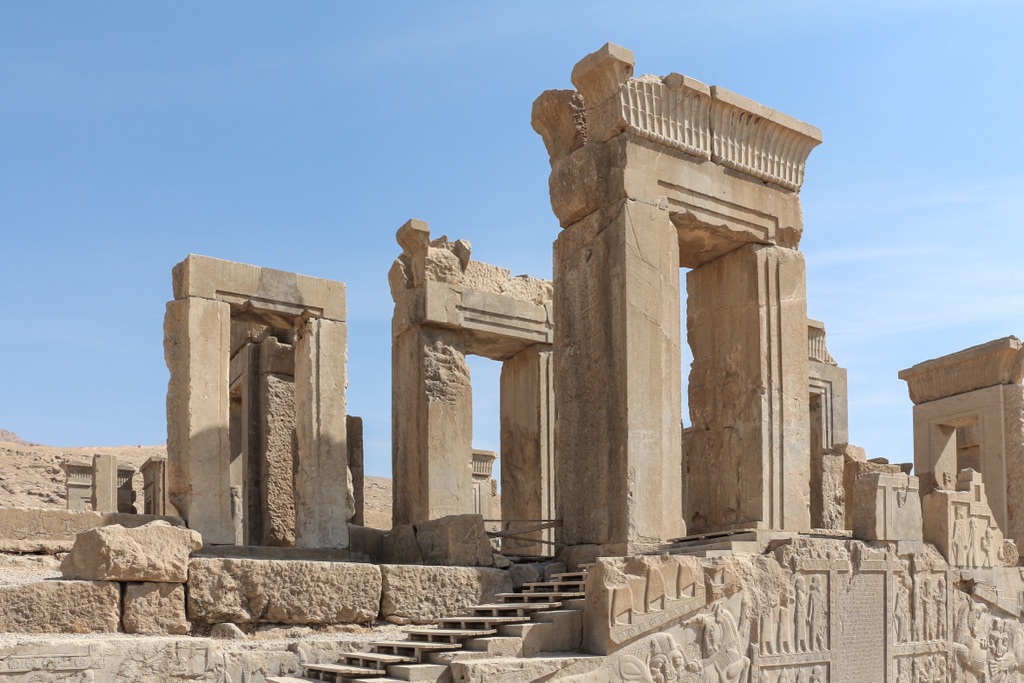
Archaeological Significance and Preserved Heritage
Unearthing Persepolis has provided historians and archaeologists with invaluable insights into ancient Persian social hierarchy, religious practices, and daily life. This UNESCO World Heritage Site boasts an impressive collection of artifacts, including intricate carvings and statues, which have survived for thousands of years. The conservation efforts at Persepolis ensure the protection of these historical treasures for future generations. Educational tours and ongoing research projects highlight the site’s contributions to our understanding of early civilizations. Persepolis stands as a cultural beacon, preserving the heritage and wisdom of a once mighty empire and continuing to educate and inspire curiosity among history enthusiasts.
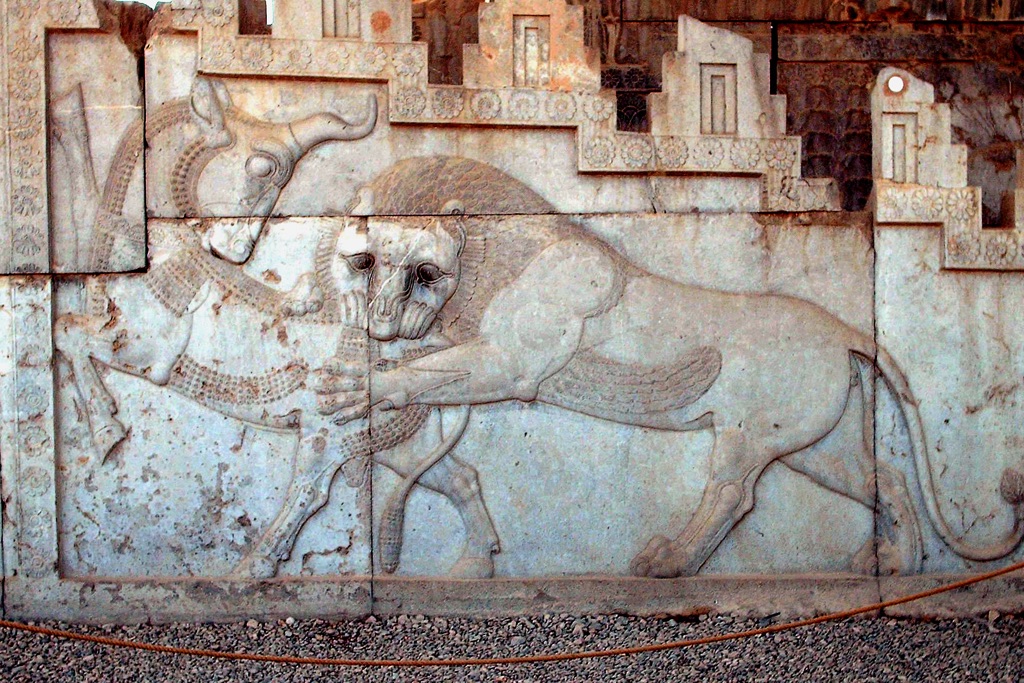
Travel Information and Visitor Experience
Exploring Persepolis is a must-do for anyone visiting Iran, with the best times being spring or fall for a comfortable journey. The accessibility of the site has been greatly improved, ensuring that visitors can easily navigate its vast expanse. Detailed guides and informative signage augment the visitor experience, allowing tourists to immerse themselves in the site’s history. While Persepolis can be explored independently, hiring a knowledgeable local guide can enhance the visit. Travelers should allot ample time to take in the grandeur and architecturally significant facets of Persepolis, capturing the essence of this ancient wonder and creating a memorable adventure.
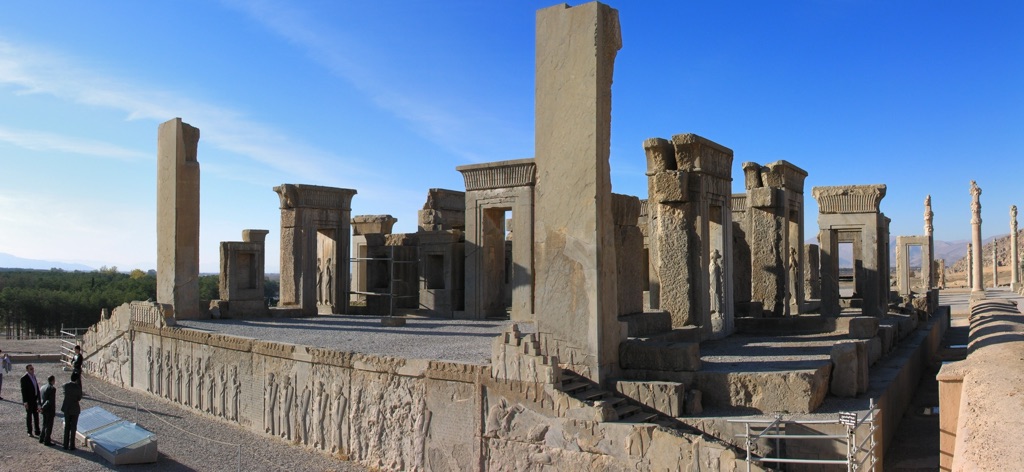
Historical Background of Persepolis Iran
Foundation and Purpose of Persepolis
Persepolis, the ceremonial capital of the Achaemenid Empire, was an engineering wonder of its time. Founded by Darius I in 518 BC, its construction spanned over seventy years and continued under his successors. The city was a reflection of the empire’s might and sophistication. It was here that kings received tributes from all over their vast territories during the vernal equinox, or Nowruz, marking the Persian New Year. People from different nations came together, symbolizing the empire’s diversity and unity. Persepolis was more than just a political hub; it epitomized the Achaemenid culture and governance approach.
Architectural Marvels and Design
The ruins of Persepolis reveal the magnificence of ancient Persian architecture. Masters of design created palaces, halls, and treasuries that withstood time. The imposing staircase of the Apadana Palace, adorned with detailed bas-reliefs, is among the most photographed features. These carvings tell stories of delegations from various nations bearing gifts. Moreover, the impressive Gate of All Nations, guarded by colossal stone bulls, welcomed visitors from distant lands. This combination of artistry and scale is a clear display of the empire’s wealth and power.
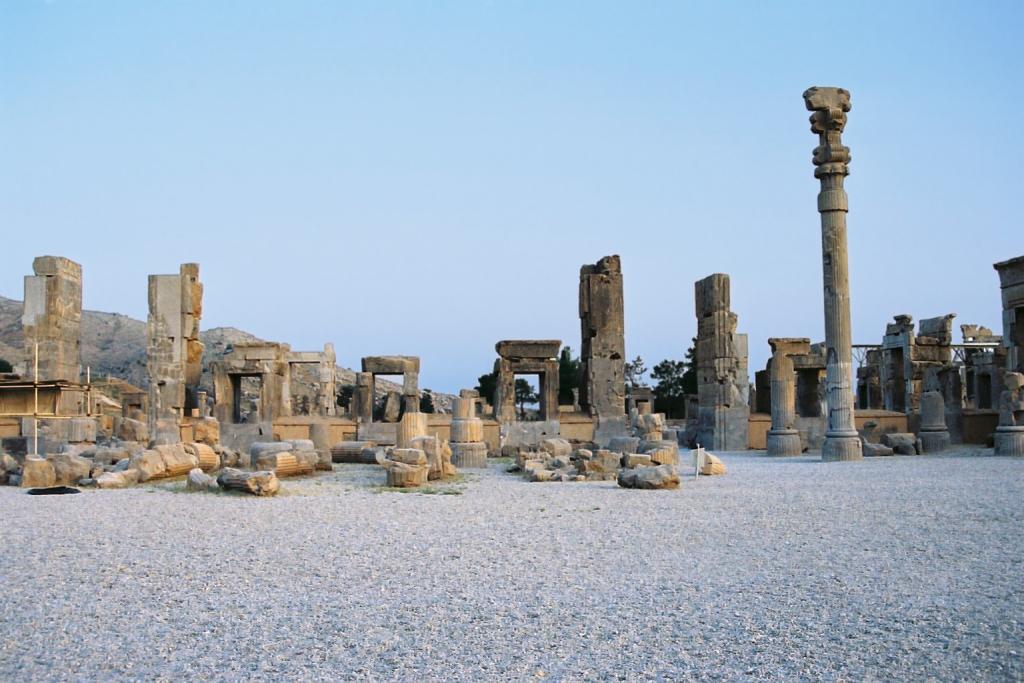
Decay and Destruction
Persepolis met its downfall at the hands of Alexander the Great in 330 BC. After conquering the city, a massive fire allegedly set by his troops destroyed much of the complex. This event marked the decline of the Achaemenid Empire. Theories suggest the blaze was either accidental or a calculated act of revenge. Centuries later, the ruins still stand as a reminder of the city’s former glory. They convey a mix of past grandeur and the tragic loss suffered due to war and invasion.
Excavations and research at Persepolis have uncovered little known facts about its downfall. They reveal how the city’s riches tempted conquerors. Alexander looted the treasuries, and the fire consumed wooden structures and priceless texts. Yet, the stone foundations and reliefs have endured, providing a narrative of the past. This is a testament to the craftsmanship and materials used by ancient builders.
Today, Persepolis is a magnet for tourists and scholars alike. It delivers a unique educational experience on the history of ancient empires. To preserve this world heritage site, Iran and international communities continue to collaborate. Their goal is to ensure this chapter of human history remains accessible for generations to come. Persepolis, with its timeless allure and historical importance, truly is a cornerstone of cultural heritage.
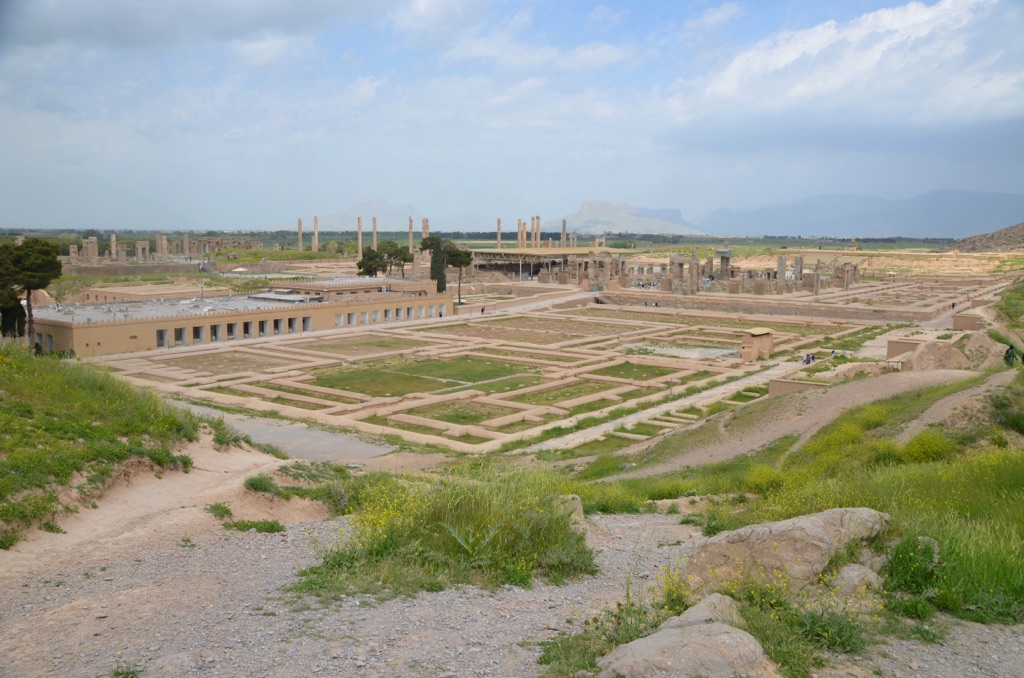
The Discovery of Persepolis Iran
Rediscovery in the Modern Era
The ancient city of Persepolis lay hidden under layers of dust and sand for centuries until its rediscovery. In the early 17th century, the site began to attract the attention of Western explorers. Travellers and explorers, like Pietro della Valle, made references to the impressive ruins in their writings. Yet, it was not until the 19th century that Persepolis returned to the world’s spotlight. Detailed studies and excavations started to unearth the city’s former grandeur, leading to a renewed interest in this jewel of ancient history.
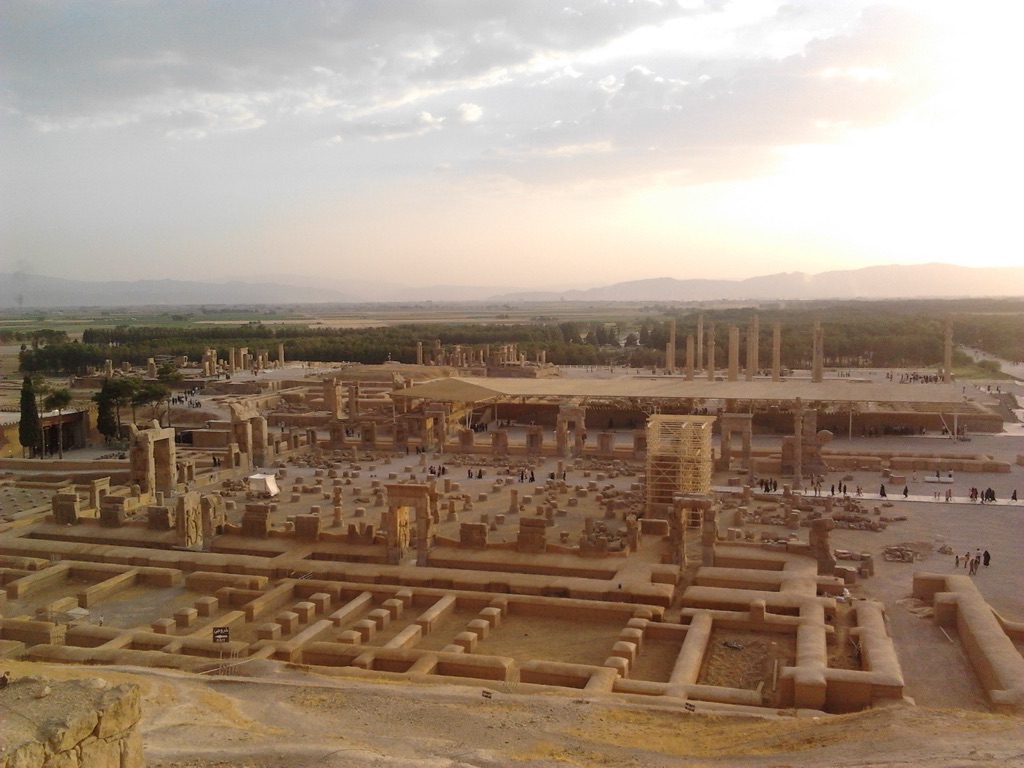
The Contributions of Antiquarians and Archaeologists
Archeologists and researchers played pivotal roles in uncovering the past of Persepolis. Antiquarians, such as James Morier and Sir Robert Ker Porter, documented the site in the early 1800s through sketches and descriptions. However, it was the extensive archaeological work begun in the 1930s by Erich F. Schmidt on behalf of the Oriental Institute of the University of Chicago that provided a more systematic approach. This work brought to light a wealth of information about the site’s layout, structures, and the life once lived there.
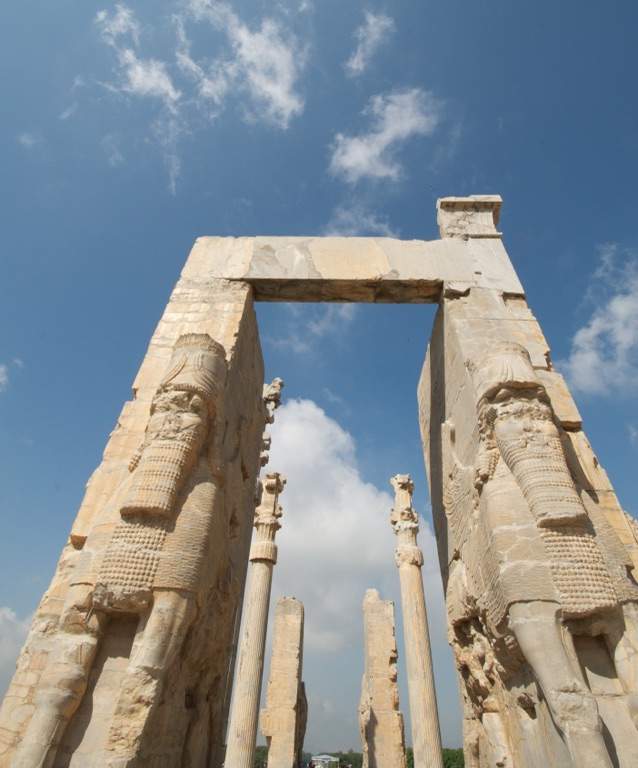
Unveiling Historical Significance
With the efforts of these early explorers and archeologists, the historical significance of Persepolis took shape. Excavations disclosed a complex of palaces, reception halls, and the remnants of a library. These findings offered invaluable insights into the administrative heart of the Persepolis. It became clear that Persepolis was an epicentre for both ceremonial and administrative activities, central to the functioning of the Persian Empire.
The discovery of clay tablets in Persepolis, mainly in Elamite script, revolutionized our understanding of the Achaemenid period. They contained administrative records that shed light on the ancient civil service system, including rations and deliveries. These tablets even indicated the presence of skilled workers and their contributions to the empire’s economy, offering a fresh perspective on ancient Persian society.
Persepolis continues to be a primary focus of archaeological interest and heritage preservation. Modern technology, including satellite imagery and 3D mapping, plays a vital role in the ongoing exploration and conservation efforts. These advancements enable researchers to identify previously undetected structures and to monitor the site’s condition accurately. The discovery of Persepolis was a landmark event in historical and archaeological studies, redefining our comprehension of ancient civilizations.
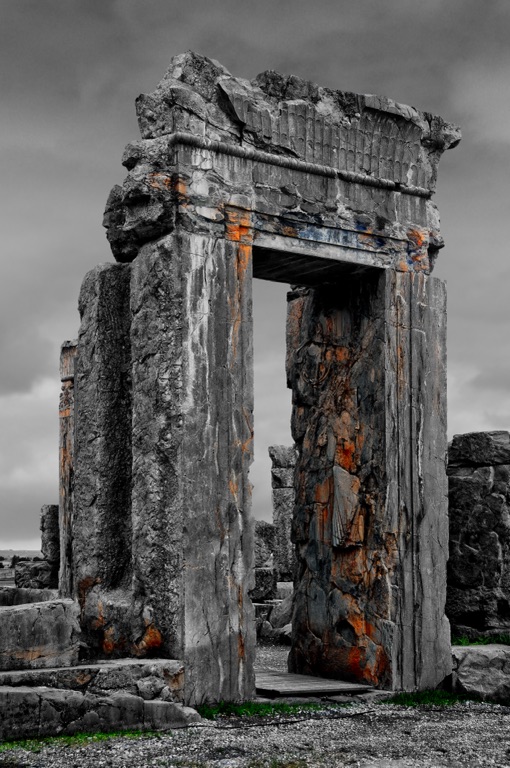
Cultural Significance, Dating methods, Theories and Interpretations
Assessing Persepolis’ Age: Dating Techniques Employed
Establishing the exact age of Persepolis has proven vital to appreciating its history. Techniques such as stratigraphy and radiocarbon dating have been key. By examining layer sequences, archaeologists have pieced together the site’s chronological build. Radiocarbon testing on organic materials found at the site has helped validate these timelines. Such methods have affirmed that Persepolis’ construction dates back to the 6th century BC, under Darius I’s rule.
Persepolis: A Cultural Beacon of the Ancient World
The cultural significance of Persepolis cannot be overstated. It symbolized the unity and power of the Persian Empire. Religious tolerance, showcased by the diverse architectonic styles, was part of its core. Ceremonies held at Persepolis, like Nowruz, promoted cultural exchange and cohesion. These events foster a sense of shared identity that resonated throughout the empire.
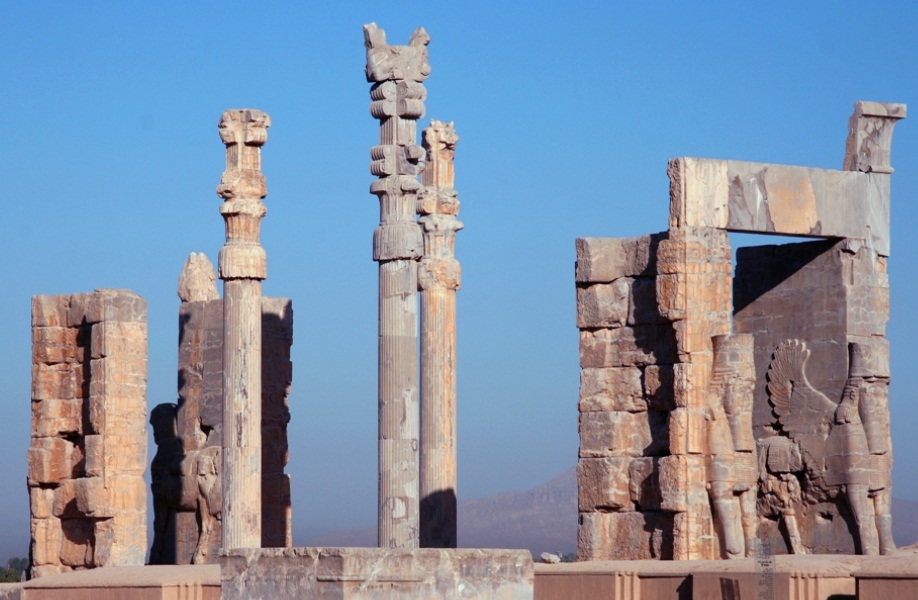
Debates and Theories: The Purpose of Persepolis
Theories about Persepolis’ purpose are many. Some historians view it purely as a ceremonial complex, while others suggest it was an administrative center. Insight grows with every artifact and inscription unearthed. Experts analyze these findings, piecing together the site’s multifaceted role in ancient Persian society.
Interpretations of Persepolis’ reliefs and inscriptions have sparked much debate. Some see them as records of imperial administration, tributes, and festivals. Others read them as symbolic representations of the empire’s beliefs and values. These interpretations help us grasp the societal structure and ideology of the time.
As the research continues, each discovery at Persepolis brings us closer to understanding the enigma. The site remains an open book of historical knowledge, its stones and relics continuing to offer fresh insights. Its story is one of endurance, and its chronicles are far from complete. As new methods and theories emerge, our comprehension of this ancient city deepens.
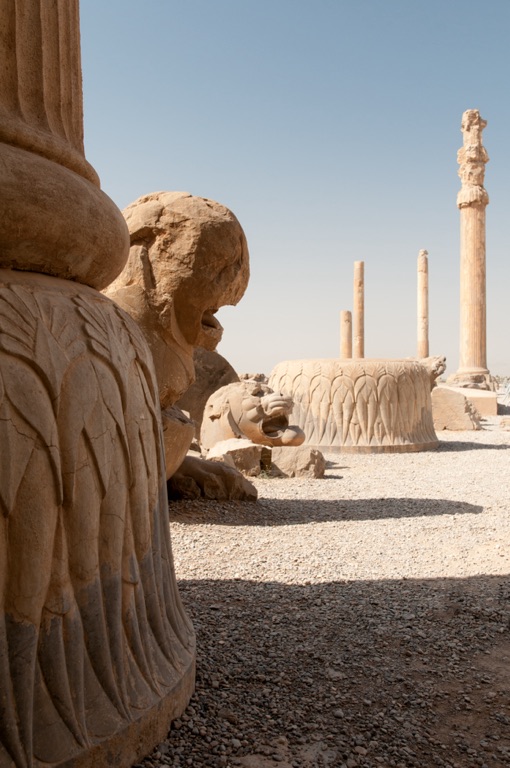
Conclusion and Sources
Persepolis remains a monument of extraordinary historical and cultural importance. It encapsulates the grandeur of the Persian Empire, representing its advanced architectural feats and cosmopolitan spirit. The various dating methods and scholarly theories have greatly expanded our knowledge of this ancient site. These insights underscore the pivotal role Persepolis played in shaping human history. As a testament to its enduring significance, ongoing efforts in archaeology and preservation continue to unveil its mysteries. Persepolis thus stands not only as a tribute to the past but also as a source of inspiration and learning for the future.

For further reading and to validate the information presented in this article, the following sources are recommended:
Or you can check any of these reputable archaeological and historical texts:
Curtis, J. and Tallis, N. (2005) ‘Forgotten Empire: The World of Ancient Persia’, University of California Press.
Dandamaev, M.A. and Lukonin, V.G. (1989) ‘The Culture and Social Institutions of Ancient Iran’, Cambridge University Press.
Root, M.C. (1979) ‘The King and Kingship in Achaemenid Art’, Diffusion, E.J. Brill.
Schmidt, E.F. (1953) ‘Persepolis I: Structures, Reliefs, Inscriptions’, University of Chicago Press.
Stronach, D. (1978) ‘Pasargadae: A Report on the Excavations Conducted by the British Institute of Persian Studies from 1961 to 1963’, Oxford University Press.

